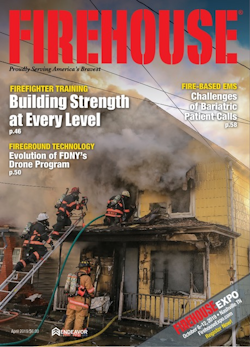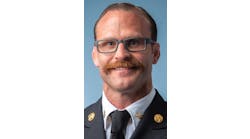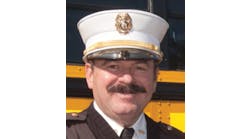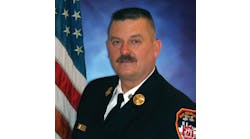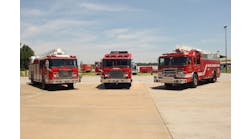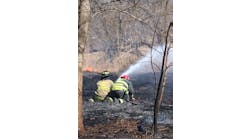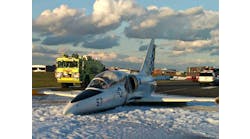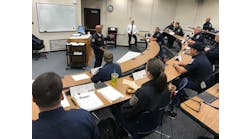April 2019
The April issue of Firehouse includes feature stories on the FDNY's use of drones, technical rescues involving bariatric patients, wearing structural PPE in wildland environments, foam fundamentals, and training for officers.
More content from April 2019
More content from April 2019
April 1, 2019
April 1, 2019
April 1, 2019
April 1, 2019
